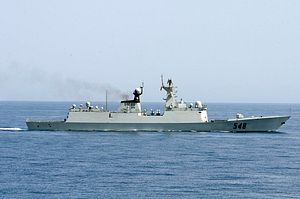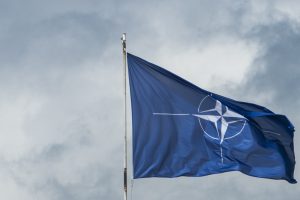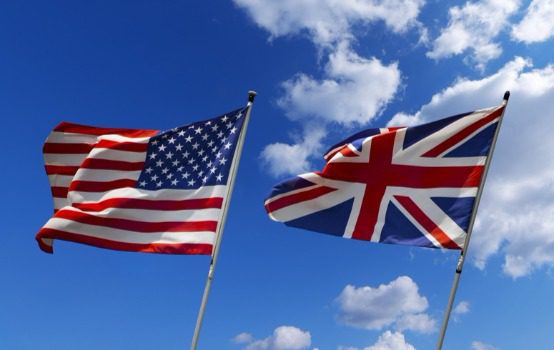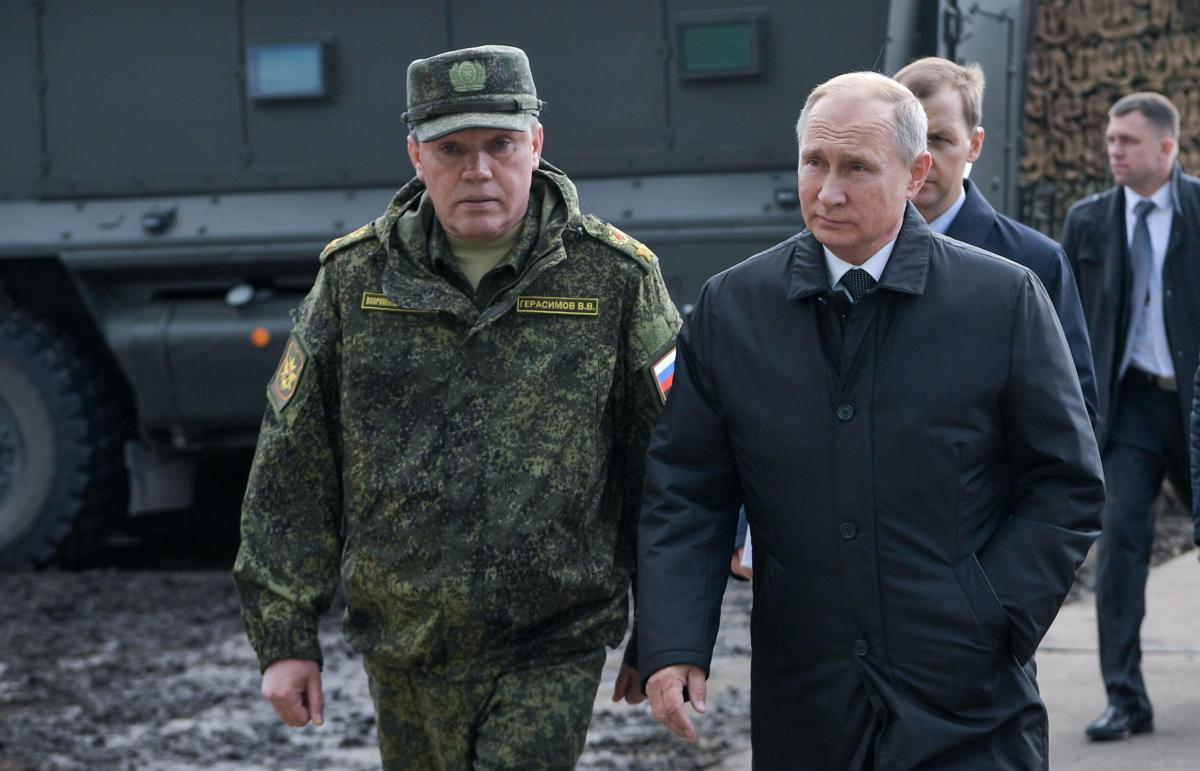BY ARIF RAFIQ
In recent weeks, senior Pakistani officials, including  the country’s powerful army chief, have signaled or outright said that, from now on, their country’s foreign policy will emphasize geoeconomics. This is a welcome rhetorical shift. Decades of bartering Pakistan’s geostrategic value—including as a “front-line state” in the Cold War and war on terror—has contributed to the loss of countless lives, stifled human development, and turned Pakistan into a heavily indebted security state.
the country’s powerful army chief, have signaled or outright said that, from now on, their country’s foreign policy will emphasize geoeconomics. This is a welcome rhetorical shift. Decades of bartering Pakistan’s geostrategic value—including as a “front-line state” in the Cold War and war on terror—has contributed to the loss of countless lives, stifled human development, and turned Pakistan into a heavily indebted security state.

Geoeconomics would flip that script. Definitions of the term vary, but Pakistani officialdom uses it to connote something akin to an end to war. In a public address last month, Pakistani Chief of the Army Staff Gen. Qamar Javed Bajwa offered a “geo-economic vision” that centers regional integration and the collective pursuit of sustainable development in an environment of peace and stability. The upside for one of the world’s poorest and least integrated regions would undoubtedly be tremendous.
But good intentions aside, Pakistan’s pivot toward geoeconomics is likely to hit a brick wall of reality—and fast.
For starters, the country cannot easily escape geopolitics. And the regional outlook portends conflict, not connectivity. Neighboring Afghanistan could see civil war as the United States departs. And despite the restoration of a cease-fire with India along the Line of Control, there are no signs that either side will make the kinds of concessions on the Kashmir dispute that would be essential for lasting normalization.
















